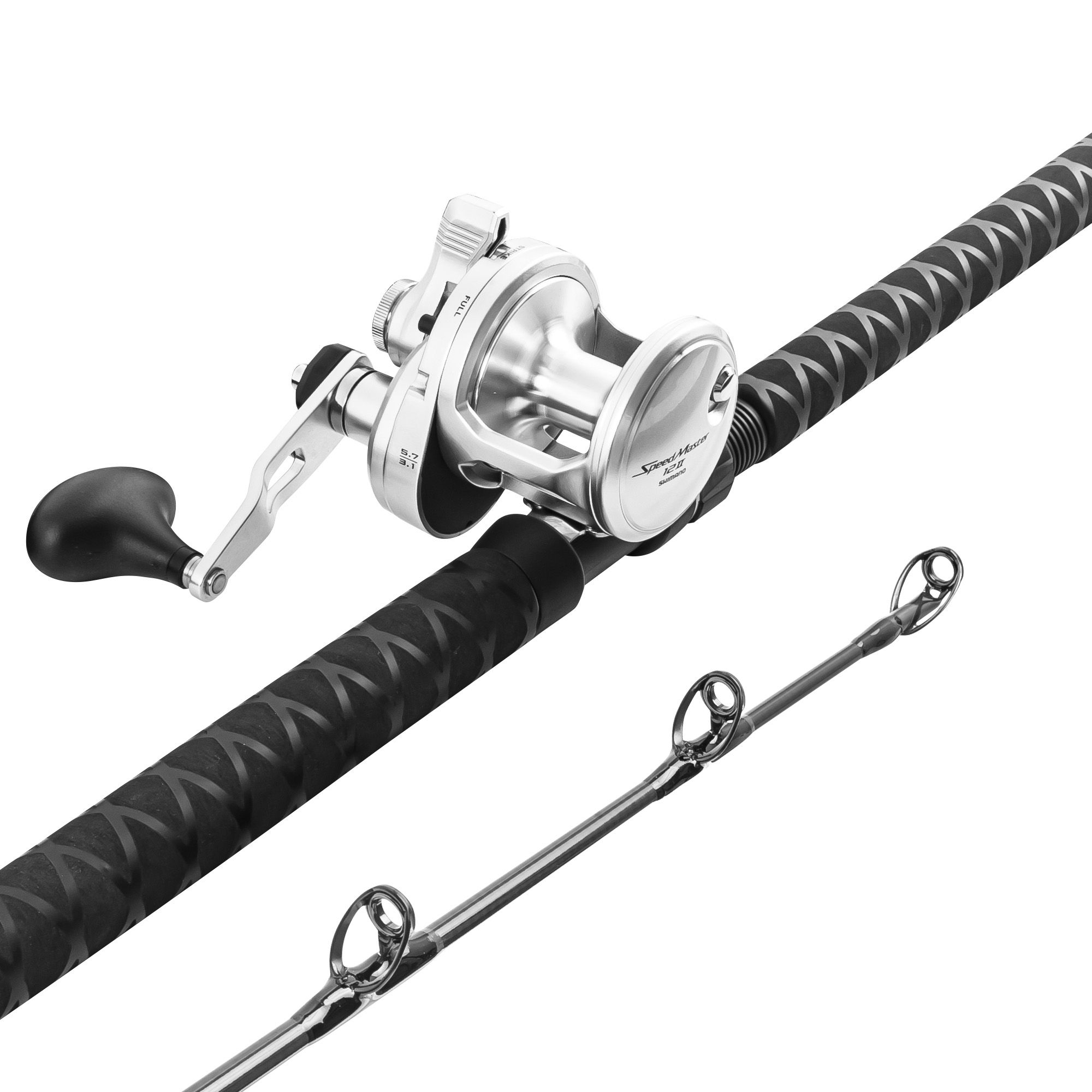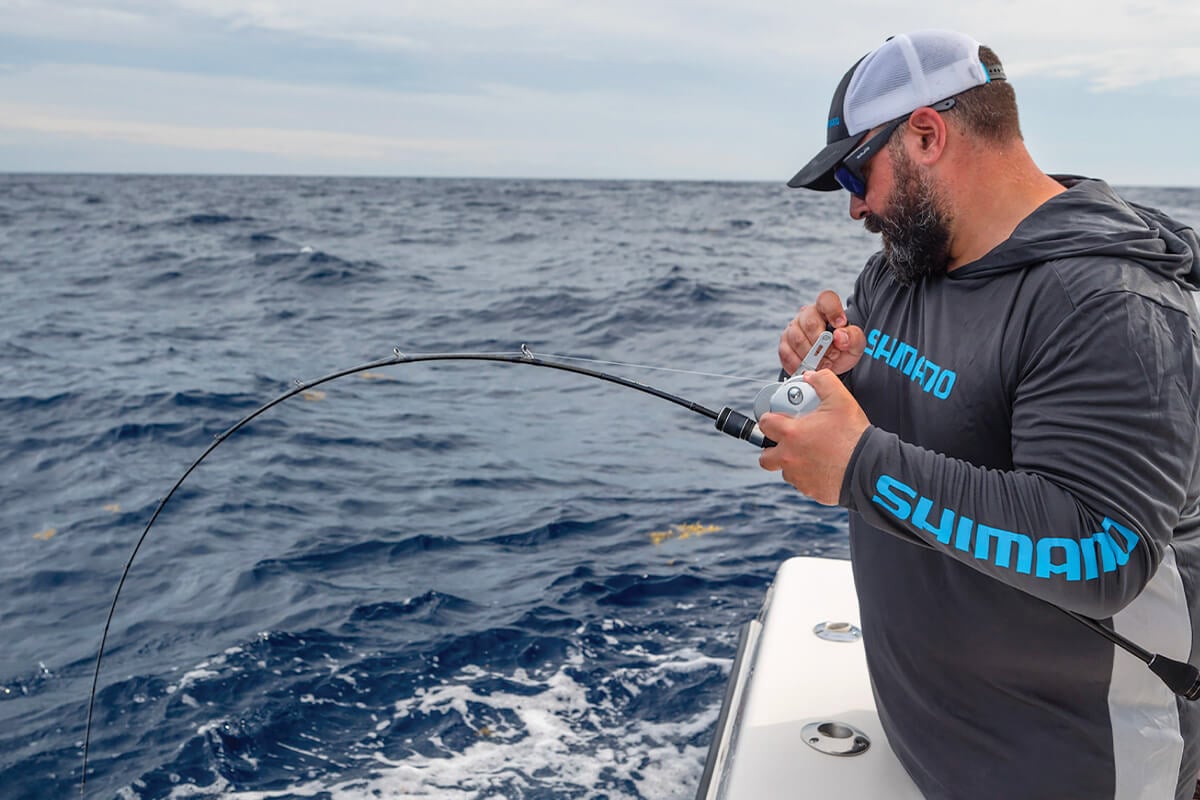Fishing, a pastime cherished by millions, offers a serene escape into nature and the thrill of the catch. However, wielding an unbalanced, heavy, or poorly designed rod can transform a relaxing pursuit into a tiring struggle. This comprehensive guide delves into the factors that contribute to fatigue while fishing and empowers you to select a rod that minimizes discomfort, maximizing your enjoyment and fishing success.
The Unseen Foe: Understanding the Causes of Fishing Rod Fatigue
Before we explore solutions, let’s identify the culprits behind fatigue:
- Unbalanced Rod: Imagine holding a broomstick with a heavy weight at one end. That’s the experience of using an unbalanced rod. The constant effort to maintain control translates into tired wrists and forearms.
- Rod Weight: Excessive weight creates a constant burden. Lifting and casting a heavy rod throughout the day leads to arm and shoulder fatigue, especially for longer fishing sessions.

- Handle Design: A poorly designed handle can be your nemesis. Uncomfortable grips cause blisters, hand cramps, and overall discomfort.
- Rod Length: Longer rods offer casting distance but require more leverage to maneuver. Conversely, shorter rods lack reach for specific techniques but are easier to handle. Choosing the optimal length is crucial.
- Action and Power: These factors determine how much effort you need to exert. A rod with an inappropriate action or power rating can make fighting fish and casting feel like a workout.
Conquering Discomfort: Choosing a Rod for Effortless Fishing
Now that we’ve identified the enemies of comfort, let’s explore strategies to combat them:
Balance is Key:
- Test the Balance: Before buying, hold the rod with the reel attached, placing your finger under the reel seat. The rod should balance horizontally or tilt slightly towards the handle, indicating proper weight distribution.
- Reel Harmony: Pair your rod with a reel that complements its weight. A heavy reel on a light rod throws off balance, while a lightweight reel on a heavier rod might feel awkward. Research reel weights that suit your chosen rod.

Embrace Lightweight Construction:
- Material Matters: Modern materials like high-modulus graphite and carbon fiber offer exceptional strength without the weight burden of traditional fiberglass. Look for rods that utilize these materials.
- Target-Specific Choice: For freshwater fishing where finesse is key, choose a rod specifically designed for lightweight presentations. Heavier applications like saltwater fishing require a strong rod, but prioritize lightweight options within the necessary power category.
Invest in a Comfortable Handle:
- Grip Material: Cork is a classic choice for its lightweight comfort and natural grip. EVA foam offers excellent durability and maintains grip even when wet. Consider your fishing conditions and preferences when choosing material.
- Ergonomic Design: Look beyond aesthetics. Choose a handle that fits your hand comfortably. Handles with contours that match your grip minimize strain and prevent hand fatigue.
Length Matters, But So Does Technique:
- Matching Length to Technique: For techniques like jigging and drop-shotting that require precision and control, a shorter rod (under 6 feet) offers greater maneuverability. Conversely, longer rods (over 7 feet) excel in surf fishing where casting distance is crucial. Choose a length that suits your primary fishing technique.

- Prioritize Balance and Weight: Longer rods naturally require more effort to handle. While a 7-foot surf rod might be ideal, prioritize finding one that is lightweight and well-balanced to minimize fatigue during long casting sessions.

Robert Smith is the proud owner of Bait Barrels and Bows, a premier fishing sports store established in 1989. With over three decades of experience in the industry, Robert has honed his skills to become an expert angler, sharing his vast knowledge and passion for fishing with enthusiasts around the world. Through his store and writings, Robert provides invaluable tips and guidance, helping both novice and seasoned anglers improve their techniques and enjoy the sport to its fullest. His commitment to the fishing community is evident in his dedication to quality products and excellent customer service.

